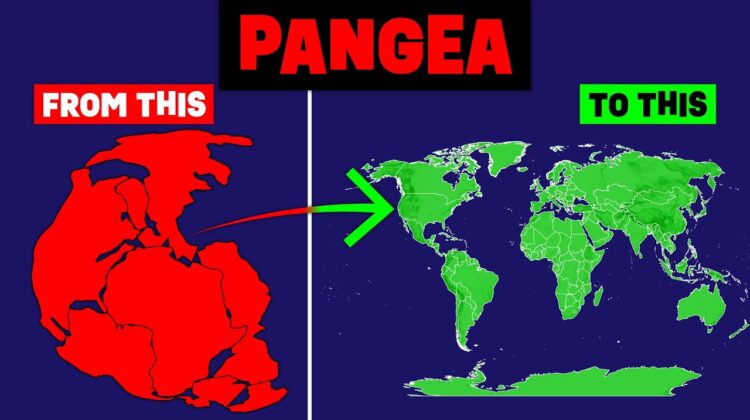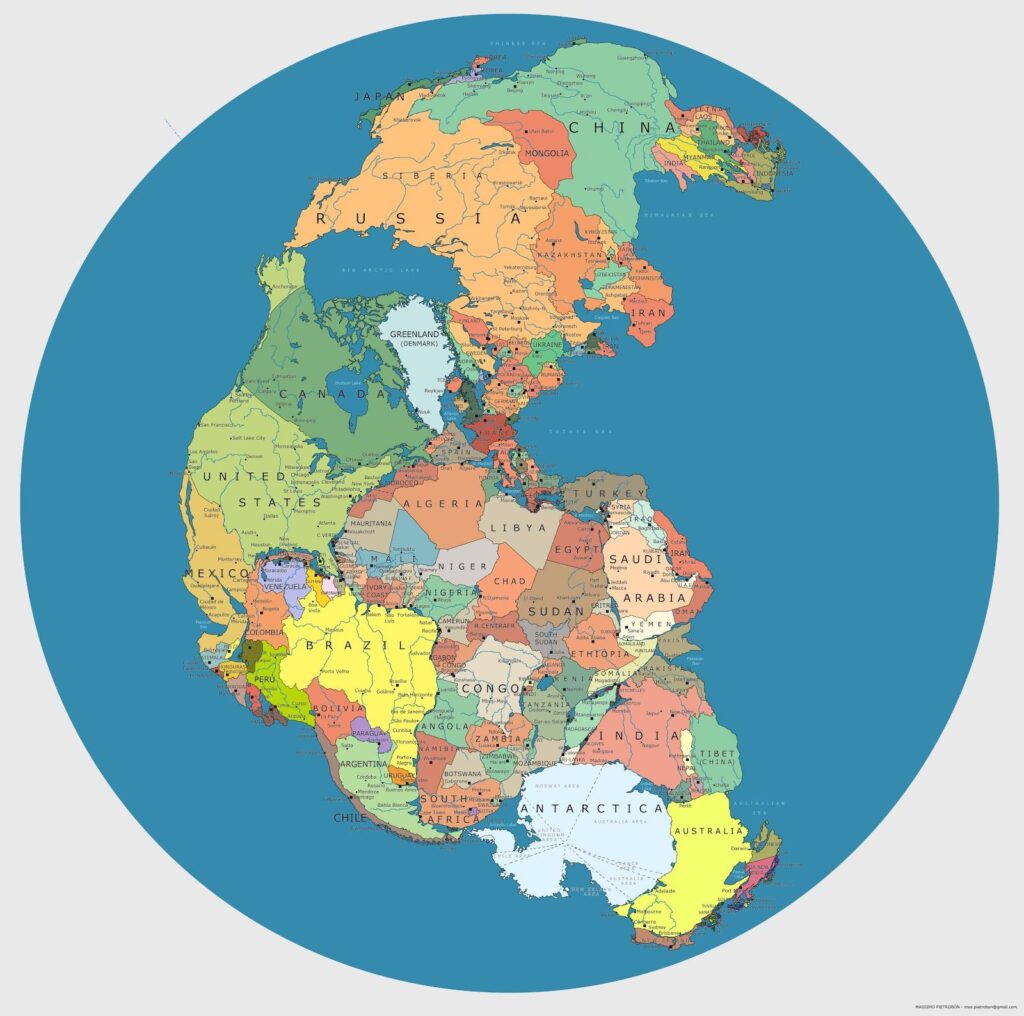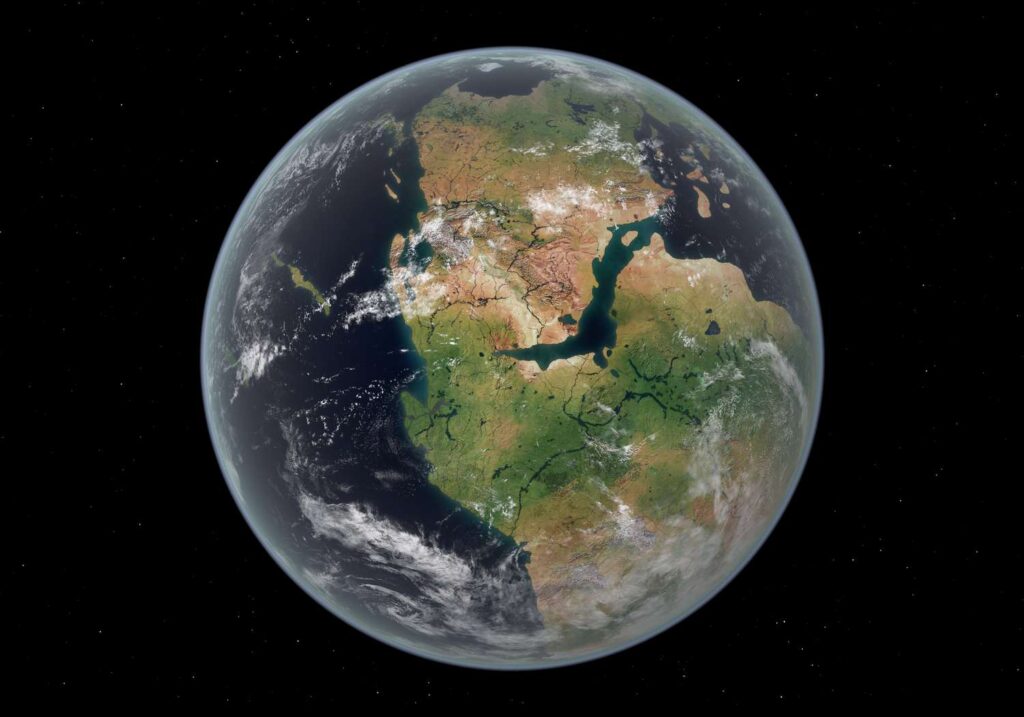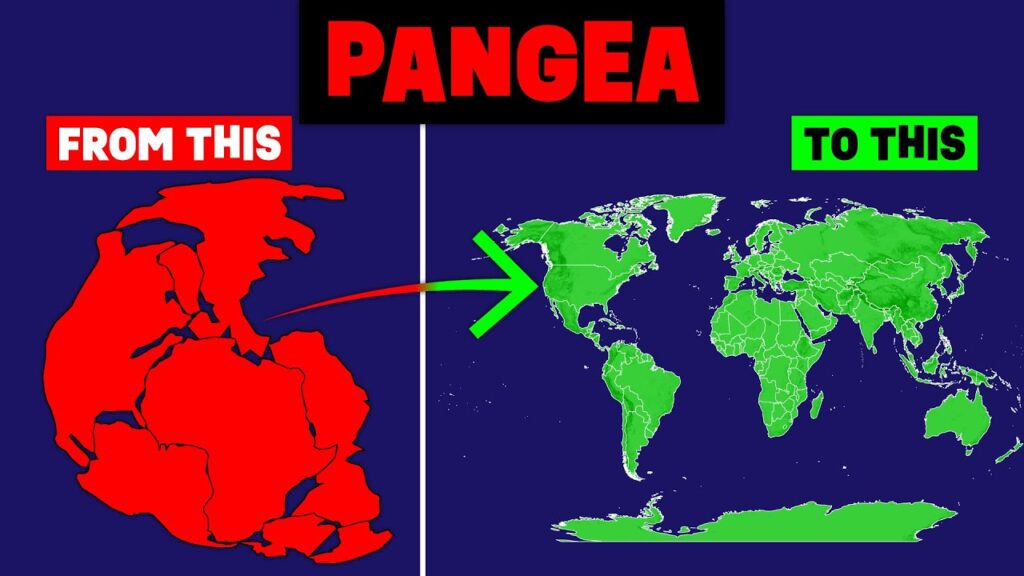
The Ancient Supercontinent Pangea: A Fascinating Look at Earth’s History
Did you know that North America was once connected to Africa, South America, and Europe? Around 300 to 200 million years ago, these continents were part of a massive landmass called Pangea. This prehistoric supercontinent played a crucial role in shaping today’s world, influencing everything from geology to biodiversity.
What Was Pangea?
Pangea was a supercontinent that existed during the late Paleozoic and early Mesozoic eras. It brought together most of Earth’s landmasses into a single, unified continent. This vast expanse of land began breaking apart around 200 million years ago, forming the continents as we recognize them today.

North America’s Ancient Connection to Africa, South America, and Europe
During the age of Pangea, North America was physically connected to parts of modern-day Africa, South America, and Europe. Geological evidence, including fossil records and matching rock formations, supports this connection.
1. Geological Evidence
- The Appalachian Mountains in North America share striking similarities with the Scottish Highlands and mountain ranges in Morocco, proving they were once part of the same landmass.
- Fossils of identical prehistoric species have been discovered across North America, Africa, and Europe, demonstrating that these regions shared the same ecosystems.

2. The Breakup of Pangea
Around 200 million years ago, massive tectonic forces caused Pangea to split apart, giving birth to the continents as we know them. This process, known as continental drift, was driven by the movement of Earth’s tectonic plates.
Why Does Pangea Matter Today?
Understanding Pangea is essential for several reasons:
- Oil and Gas Formation: Many of today’s high-value petroleum reserves were formed due to ancient geological processes that took place during the time of Pangea.
- Gold and Diamond Deposits: The shifting of landmasses helped distribute precious minerals, making some regions richer in natural resources.
- Climate Change Insights: Studying ancient climates helps scientists predict future climate shifts, a crucial aspect of environmental conservation.

Final Thoughts
The history of Pangea and North America’s connection to Africa, South America, and Europe offers a fascinating glimpse into our planet’s dynamic past. From shaping the Earth’s geology to influencing biodiversity, the breakup of this supercontinent continues to impact us today.
As scientists uncover more about our planet’s history, one thing remains certain—the story of Pangea is far from over.

Leave a Reply